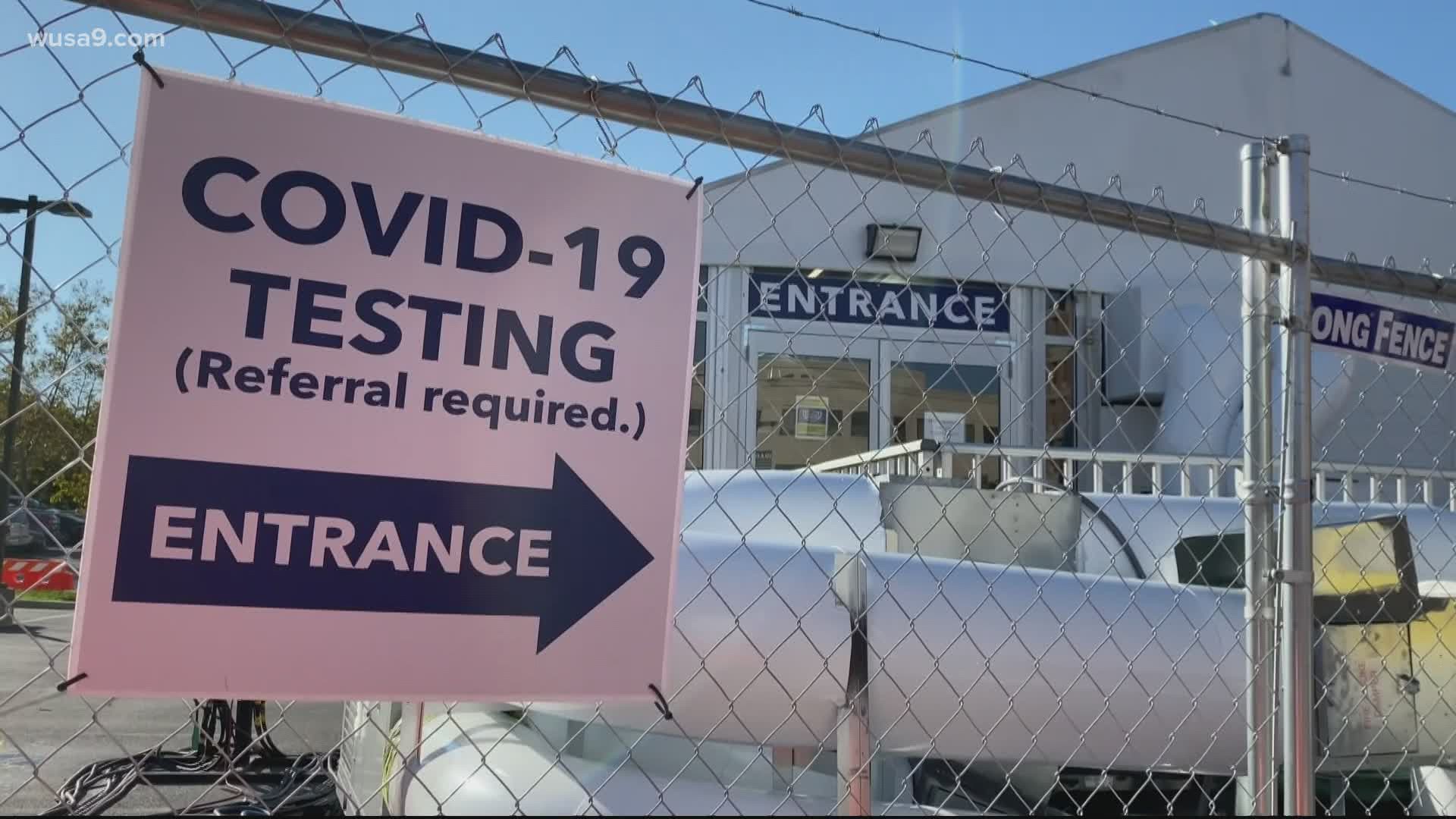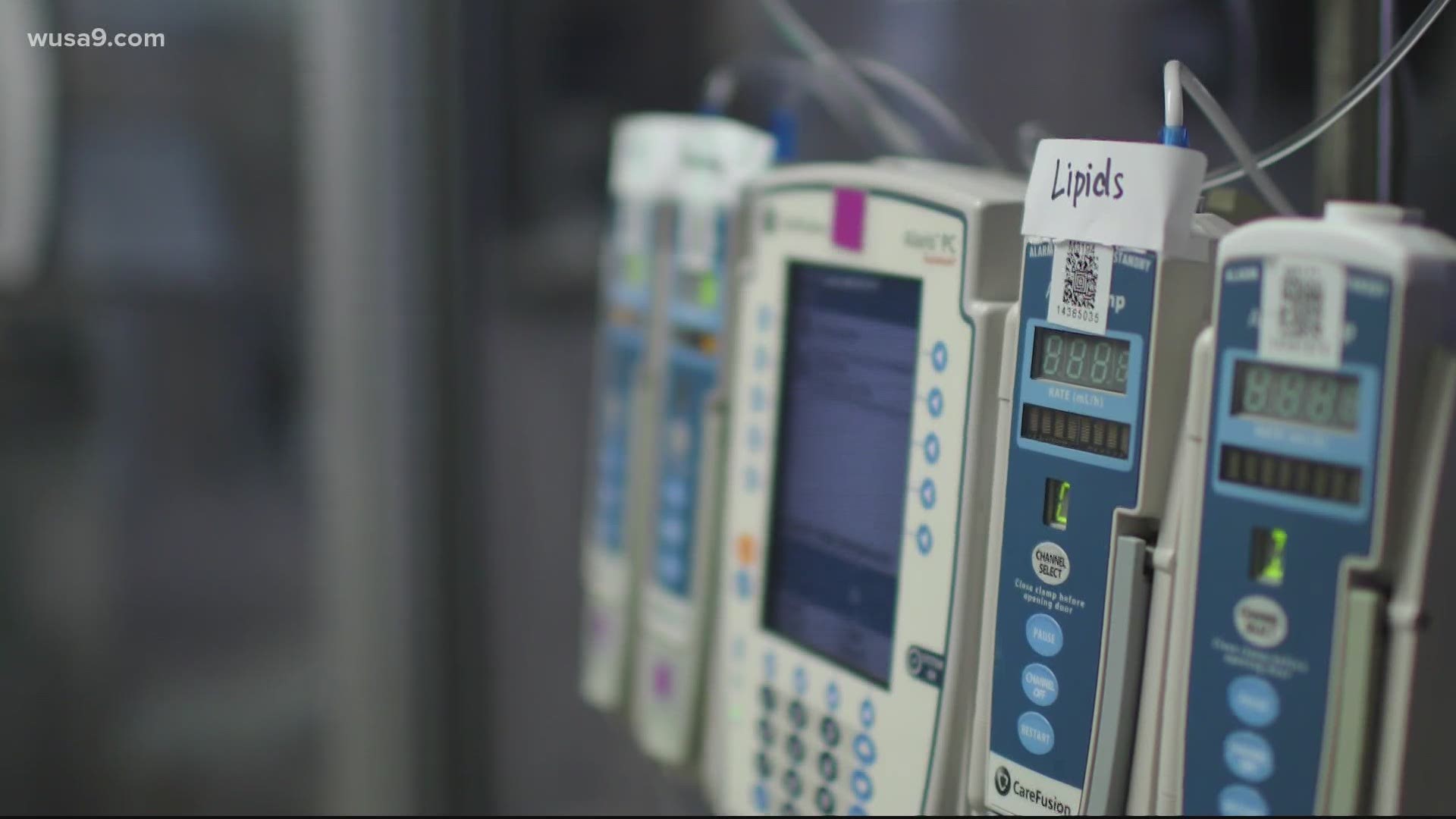WASHINGTON — Six months and more than 100,000 coronavirus tests later, MedStar Health launched preparations for a second cycle of virus circulation, including changes to urgent care testing centers with winter conditions in mind.
Gone are the days of tents wrapped with single sheets of plastic and cinder block foundations to protect the early test sites of the pandemic.
Now, upgraded structures are completed in Clinton, Olney, Leonardtown, and Baltimore –facilities separating COVID-19 testing from general emergency department patients.
“All of those sites are now temperature controlled with HVACs for both the hot or the cold,” Dr. Liz Delasobera, medical director of MedStar Health urgent care, said. “They’re much bigger, more sophisticated structures the help to offload people from our brick and mortar buildings.”
To schedule a coronavirus test at any of the new MedStar sites, click here.
Delasobera said the health system will likely construct a test site with greater longevity at MedStar Washington Hospital Center, the largest private hospital in the District.
She also described changes to testing protocol now in place, as more people begin to spend greater stretches of time indoors and heighten chances of virus exposure.
“As far as what we've learned, we now do two types of testing, as opposed to just one,” Delasobera began. “When we first started, we were using just one longer timeframe test. Now we have a rapid test, which allows us to do some variation based on the patient, and what we felt was the best test for the patient in front of us.”
Delasobera said, generally speaking, people who present themselves with COVID-like symptoms are now able to be given a rapid test with 15-minute results.
If the diagnosis comes back negative, but the symptoms are consistent with coronavirus, a more accurate test can be administered – albeit one with a longer wait time over a few days.
As for the immediate future, Delasobera said she finds some reassurance in the region’s positivity rates ranging from 9% to 15%, juxtaposed with rates as high as 30% in the spring.
“I think that the hardest part is not knowing what sort of volume of patients we're going to see, and with what sort of acuity,” she said. "We have a lot of lessons learned. We have our protocols down. So, I think we can take a deep breath, but not pretend this is gone.”


